In some very positive news for History of Art, Henry Kauntze and Sam Yorke, who applied to read the subject at university, both received offers from the Courtauld Institute of Art in London. Small and esoteric for some, it is the world’s leading institute for the subject. It includes the famous Witt and Conway image libraries, unique in the world, one of the country’s best collections of fine art (with major works by Rubens, van Dyck, Manet, van Gogh, and Cezanne to name a few), as well as a specialist conservation department. Henry and Sam will use these resources daily as part of their History of Art BA course.
It is a huge achievement for the boys; their hard work, passion for the subject, and considered and creative approach is amply demonstrated by their thoughtful responses below. It is perhaps no coincidence that both Sam and Henry are also artists and so share an interest in materiality and image-making, albeit in very different ways.
Sam:
“I find that the history of art has the potential to illuminate our inner lives and enrich our emotional world. At its best, the artwork captures what cannot be said and offers an intimacy borne of its material relationship to the viewer; the historian is thus left the daunting, if not impossible task of trying to repeat this relationship in an alien medium. My desire to read History of Art at university is therefore twofold: I want to know more about art and to articulate what I know in a way that preserves the integrity of its form.”
Henry:
“If there is one thing that yields the successful study of History of Art, it is unquestionably an exposure to the visual culture in question. In this respect, the Courtauld Institute of Art (and other universities in the location) trump their Russell Group counterparts. In my view, studying the subject demands the ability to walk into a gallery, stand before any possibility of work, and really see what your lecturers have been informing you on. The Courtauld’s urban setting in our country’s capital was what ultimately determined my decision to apply there.
It is a real privilege to have the prospect to attend this keystone in the world of art history. I truly expect to spend three years indulging in what the Courtauld has to offer, both inside and outside of the lecture halls. Not only will the degree be widely compelling in itself, but I anticipate it will act as a foundation on which a future career in the industry will be built upon.”
Well done, Sam and Henry!
Miroslav Pomichal, History of Art Teacher





.jpg?command_1=resize&height_1=85)



.jpg?command_1=resize&height_1=85)


